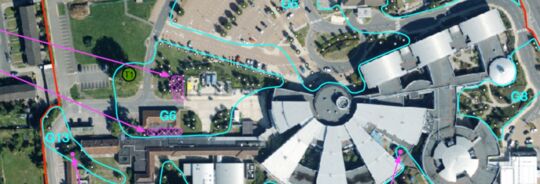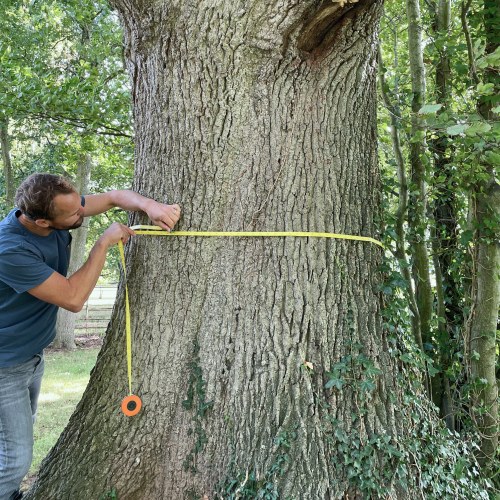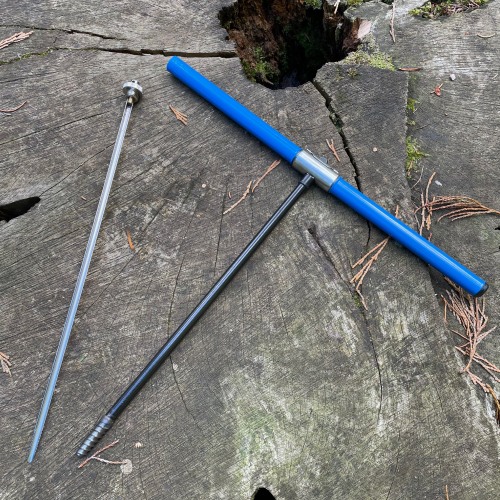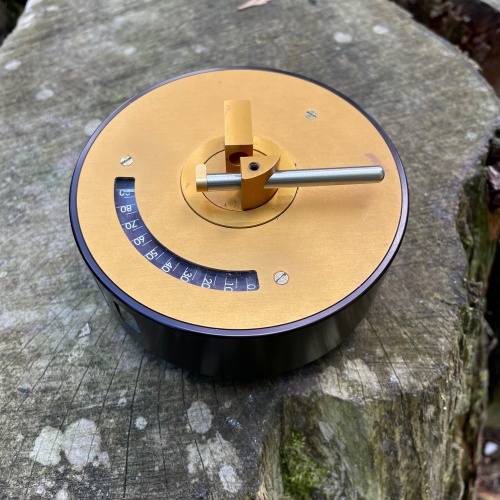Tree Risk Assessment - Types of Inspections
Depending on the tree resource and, of course, client needs and budget, I can provide a cost-effective, tailored approach to inspecting trees and managing their risks.
I offer appropriate training – a level 6 Professional Diploma and a Lantra Professional Tree Inspection qualification – plus in-depth knowledge of wood decaying fungi and identification, interpretation of signs and symptoms of ill health and structural failure. Furthermore, I am a registered user of QTRA which ensures a consistent, auditable and transparent approach to risk assessment, which is easy for a client to understand.
See how I can help with trees and arboricultural consultancy
Types of inspections
I can produce reports that range from a very brief overview of large-scale collections of trees to a more specific assessment of an individual tree. There are three main types of reports I provide:
Visual Tree Assessment (VTA): all of my inspections are based on a technique called VTA - the predominant method of tree inspection used by arboriculturists in the UK. This method was originally developed by Prof. Dr. Claus Mattheck and Helge Breloer, publicised in 1994 in The Body Language of Trees. Since then VTA has been the basis for many court decisions and is widely practiced worldwide. The Body Language of Trees was updated in 2015 with further research findings by Mattheck and his co-authors Drs. Klaus Bethge and Karlheinz Weber.
Walkover assessment
A walkover assessment is the default starting point for assessing the risk of a tree population. I will walk the site, not necessarily with the intention of inspecting or surveying each tree, or viewing all parts or all sides of each tree, but to take a general overview of trees and look for signs of obvious defects or ill-health that might be significant in relation to the targets. These significant trees will be recorded in a schedule, plotted on a survey plan and tagged with an individual metal number. The intention is to record sufficient data to inform management decisions.

Individual tree inspection

An individual tree inspection is a visual assessment of each specified tree, or each tree located within a specified area of land. My intention is to investigate, evaluate and record defects, decay and other conditions identified in the inspection to establish their likely effects on the health and mechanical integrity of the tree. The trees will be viewed from the ground, using binoculars, nylon mallet and probe where appropriate. Each tree will be individually recorded in a schedule, plotted on a survey plan and tagged with an individual metal number.
Detailed investigation
Where necessary, e.g. if a particularly important tree specimen has an unknown amount of decay which is estimated to be close to critical limits, I can carry out a detailed investigation to evaluate a defect symptom more accurately.
To gauge failure potential, I generally use an increment borer and Fractometer.


The above investigations are invasive and may have negative consequences for the tree, e.g. facilitating the spread of decay. Nevertheless, having an accurate understanding of the quantity and quality of wood surrounding a decayed area may help avoid unnecessary tree felling, or other interventions e.g. pruning, which has far more injurious consequences to both the tree, the environment and other widespread benefits that trees provide.